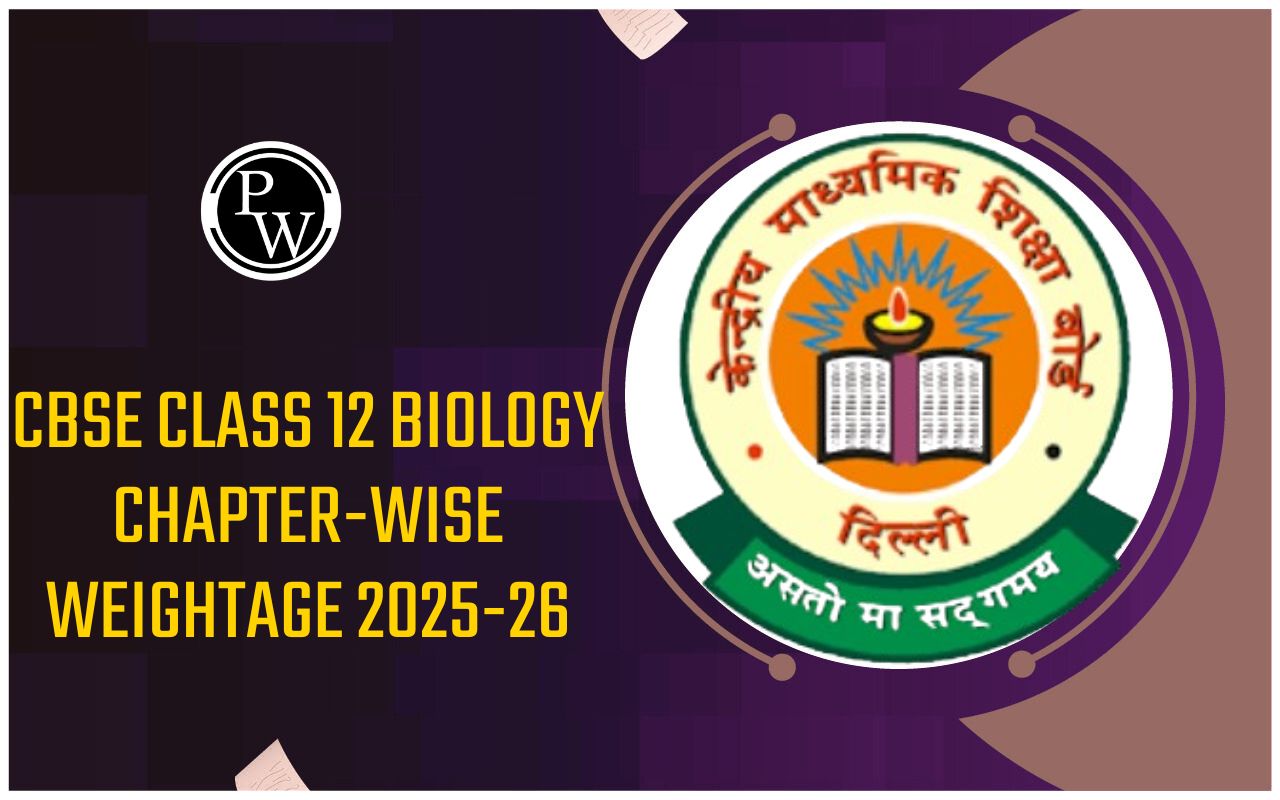

Static electricity Formula is a fascinating branch of physics that deals with the accumulation and transfer of electric charge in objects without any significant flow of electric current.
Introduction to Static Electricity
Static electricity Formula is a common and well-known phenomenon in our daily lives. It occurs when certain materials, such as rubber, glass, or plastic, rub against each other, causing an exchange of electric charges. This exchange results in the buildup of electrical potential energy, which can be discharged in the form of a spark or shock when the charged object comes into contact with another conductor.
The study of Static electricity Formula is crucial not only for its practical applications but also for understanding fundamental concepts in electromagnetism. To explore Static electricity Formula in depth, let's start with the basics.
Electric Charge
Electric charge is the fundamental property of matter responsible for static electricity. It comes in two types: positive and negative. Objects can acquire a net positive or negative charge through the gain or loss of electrons, respectively.
The SI unit of electric charge is the coulomb (C). An elementary charge, which is the charge of a single electron, is approximately equal to -1.602 x 10^-19 C. When objects have an excess of electrons, they become negatively charged, and when they lose electrons, they become positively charged.
Also Check - Latent Heat Formula
Coulomb's Law
Coulomb's law describes the electrostatic force between two charged objects. It states that the force of attraction or repulsion between two point charges is directly proportional to the product of their charges and inversely proportional to the square of the distance between them. Mathematically, Coulomb's law can be expressed as:
F = k |q_1* q_2|/r 2
Where:
- F is the electrostatic force between the charges.
- k is the electrostatic constant, approximately equal to 8.988 x 10^9 N·m^2/C^2.
- q_1 and q_2 are the magnitudes of the charges.
- r is the distance between the charges.
Coulomb's law is fundamental in understanding how charged objects interact with each other. It illustrates that like charges repel each other, while opposite charges attract.
Also Check - Buoyancy Formula
Electric Field
The electric field ( E ) is a fundamental concept in static electricity. It's a vector field that describes the influence of an electric charge on the space around it. The electric field at a given point is defined as the force ( F ) experienced by a positive test charge ( q ) placed at that point, divided by the magnitude of the test charge:
E = F/q
The electric field due to a point charge ( Q ) at a distance ( r ) from the charge is given by:
E = k |Q|/r 2
Electric field lines are imaginary lines that depict the direction and strength of the electric field. They emanate radially from positive charges and point toward negative charges.
Also Check - Current Density Formula
Electric Potential Energy
When charges are moved within an electric field, work is done, and potential energy is associated with their position. The electric potential energy ( U ) of a system of point charges is given by:
U = k |q_1 *q_2|/r
Where:
- U is the electric potential energy.
- q_1 and q_2 are the magnitudes of the charges.
- r is the distance between the charges.
The electric potential energy is directly proportional to the product of the charges and inversely proportional to the distance between them. It represents the stored energy in an electric field due to the arrangement of charges.
Electric Potential (Voltage)
Electric potential, often referred to as voltage ( V ), measures the electric potential energy per unit charge at a point in space. It is defined as:
V = U/q
Where:
- V is the electric potential (voltage).
- U is the electric potential energy.
- q is the test charge.
The SI unit of electric potential is the volt (V), where 1 volt is equal to 1 joule per coulomb (1 V = 1 J/C). Voltage is a fundamental concept in understanding electrical circuits and the flow of current.
Capacitance
Capacitance ( C ) is a property of conductive objects that determines their ability to store electric charge. It is defined as the ratio of the magnitude of the charge ( Q ) stored on an object to the electric potential ( V ) across the object:
C = Q/V
Where:
- C is the capacitance.
- Q is the charge stored.
- V is the electric potential (voltage).
Capacitance depends on the geometry and material properties of the object. Capacitors, which consist of two conductive plates separated by a dielectric material, are common devices used to store electric charge and energy.
The Triboelectric Effect
The triboelectric effect is a key phenomenon in static electricity. It occurs when two dissimilar materials come into contact and then separate. During this process, electrons are transferred from one material to the other, resulting in an accumulation of charge on the surfaces of the materials. This charge separation can lead to static electricity.
Electrostatic Discharge (ESD)
Electrostatic discharge is the sudden and momentary flow of electric current between two charged objects when they come into contact. ESD can be hazardous to electronic components, as it can damage or destroy them. To prevent ESD damage, anti-static measures are used in the handling and packaging of sensitive electronic devices.
Applications of Static Electricity Formula
Static electricity Formula has various practical applications:
- Photocopiers and Laser Printers: Photocopiers and laser printers use Static electricity Formulato attract and transfer toner particles onto paper.
- Inkjet Printers: Inkjet printers use electric charges to control the deposition of ink droplets onto paper.
- Electrostatic Precipitators: These devices use Static electricity Formula to remove dust and particulate matter from industrial exhaust gases.
- Static electricity FormulaGenerators: Van de Graaff generators and Wimshurst machines are examples of devices that generate high voltages through static electricity.
- Air Purifiers: Some air purifiers use Static electricity Formula to charge and capture airborne particles.
Safety Considerations
While Static electricity Formula has many practical applications, it can also pose safety risks. Accumulated static charges can lead to electric shocks, fires, or explosions in certain environments. It's crucial to discharge Static electricity Formulasafely, especially in industrial and hazardous settings.
Static electricity Formula is a fundamental aspect of electromagnetism, involving the accumulation and transfer of electric charge in objects. Key concepts like electric charge, Coulomb's law, electric fields, electric potential energy, and capacitance are essential to understanding static electricity. It has practical applications in various industries but also requires caution to prevent safety hazards. As we
Static electricity Formula FAQs
What causes static electricity?
How can you discharge static electricity safely?
What are some common examples of static electricity in everyday life?
What is the difference between static electricity and current electricity?












